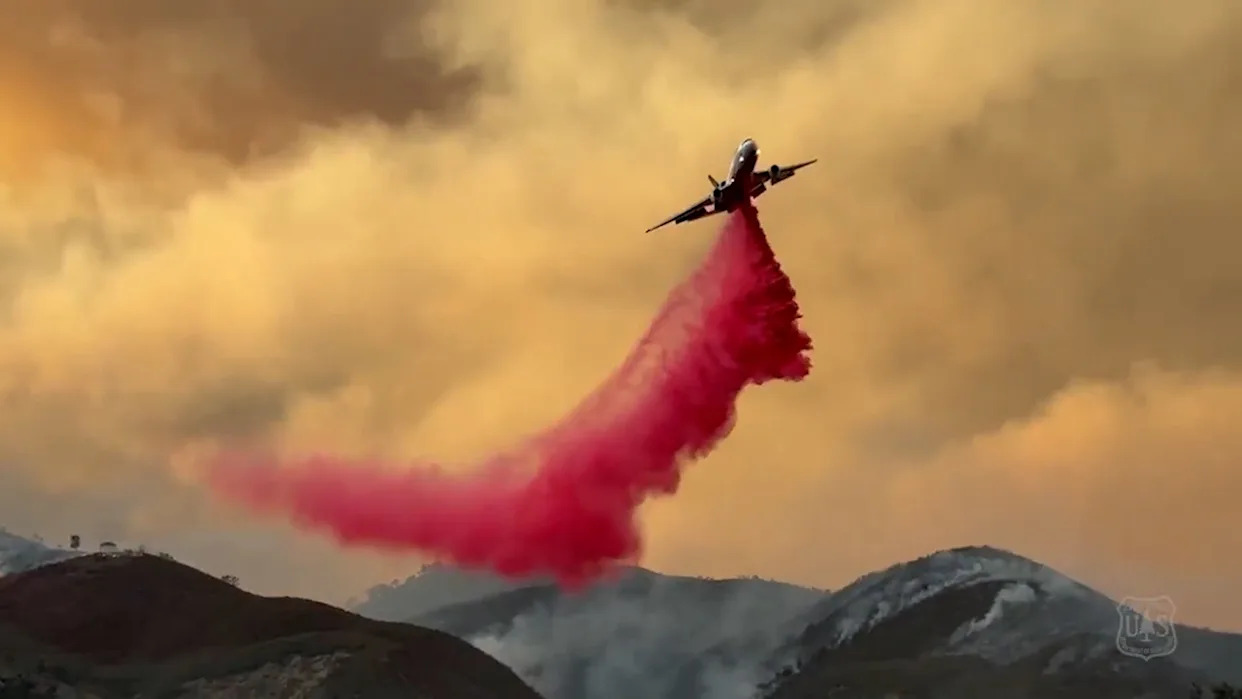
The Gifford Fire has now scorched more than 96,000 acres of land in southern California. Officials say the blaze is on the brink of becoming a "megafire," the term used for wildfires exceeding 100,000 acres.
Fueled by nearly triple-digit heat, bone-dry conditions and inaccessible terrain, the fire has exploded in size since igniting along Highway 166 less than a week ago.
On Thursday, evacuation orders were expanded westward, bringing the total evacuation zone to 800 square miles across San Luis Obispo and Santa Barbara counties.
More than 870 remote homes and other structures near the northern edge of Los Padres National Forest remain under threat as flames race through rugged canyons, ranches, and forestland.
“We have hot weather, and we have low relative humidity,” Santa Barbara County Fire Dept. Capt. Scott Safechuck told the Associated Press. “So we expect extreme fire behavior.”
The National Weather Service warned that wildfire risk will intensify through the weekend as conditions worsen. Inland temperatures are expected to soar above 100°F, especially in the Sacramento Valley.
The Gifford Fire has already overtaken July’s Madre Fire, which was previously the state’s largest of the year. The blaze began as at least four smaller fires along State Route 166 before merging into one inferno that has forced road closures and choked parts of southwest California with thick smoke.
More than 2,200 personnel are battling the fire, which remains difficult to access due to steep terrain and remote locations.
Winds are expected to stay relatively calm, offering some hope for containment, but fire officials say conditions remain extremely volatile.
Residents near the evacuation zones are urged to stay alert, monitor official updates, and be prepared to leave quickly if conditions change. Additional evacuation orders are possible if the fire continues to move.
The cause of the fire is still under investigation.
Weather.com lead editor Jenn Jordan explores how weather and climate weave through our daily lives, shape our routines and leave lasting impacts on our communities.
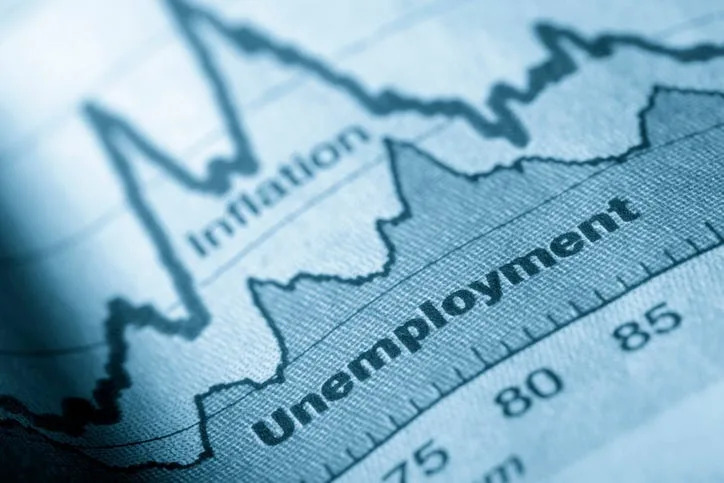
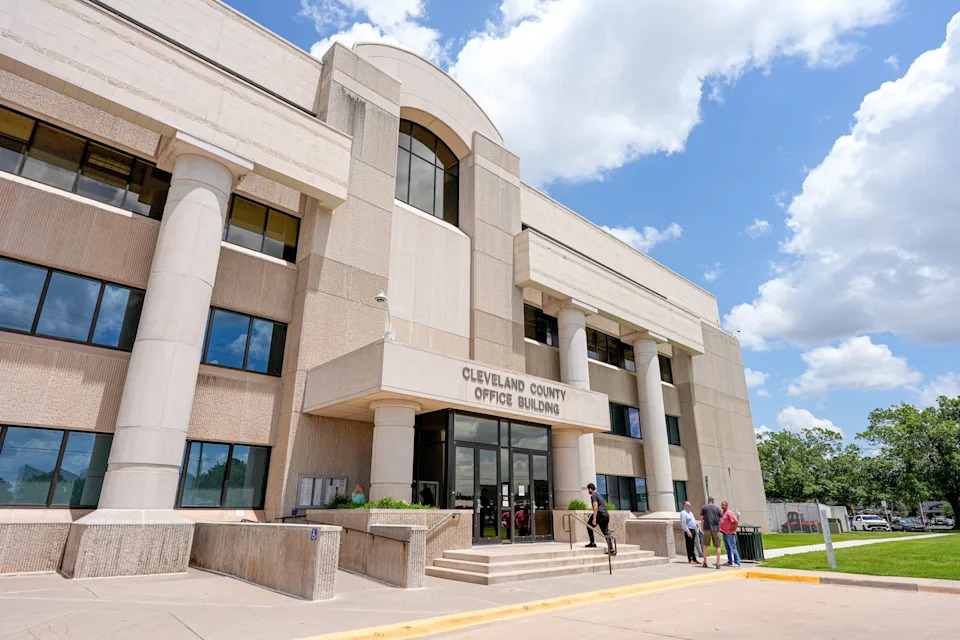
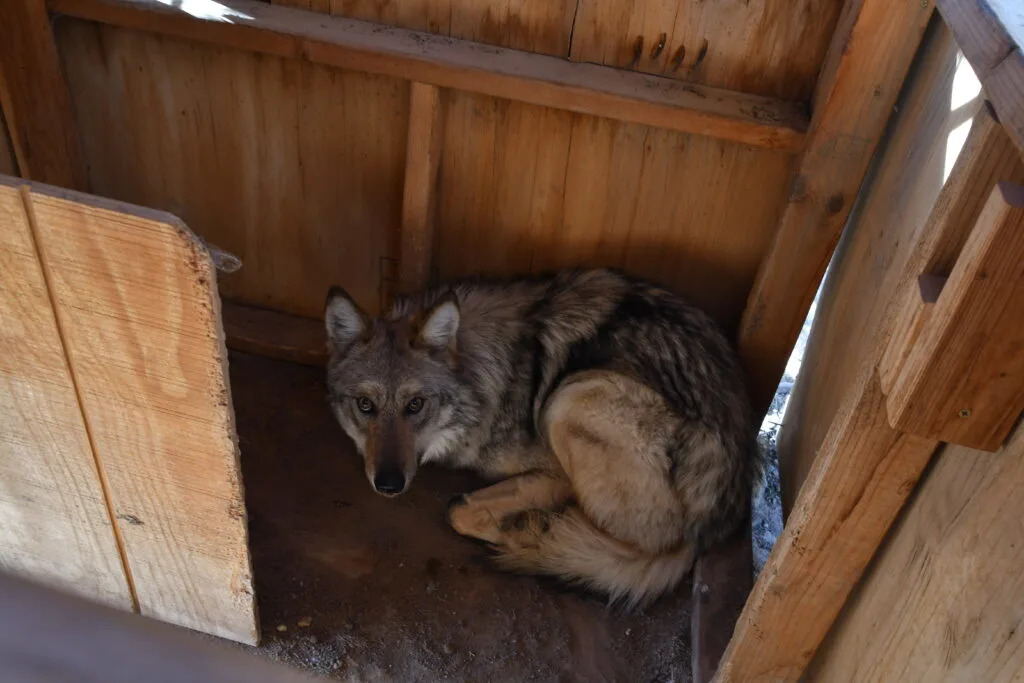
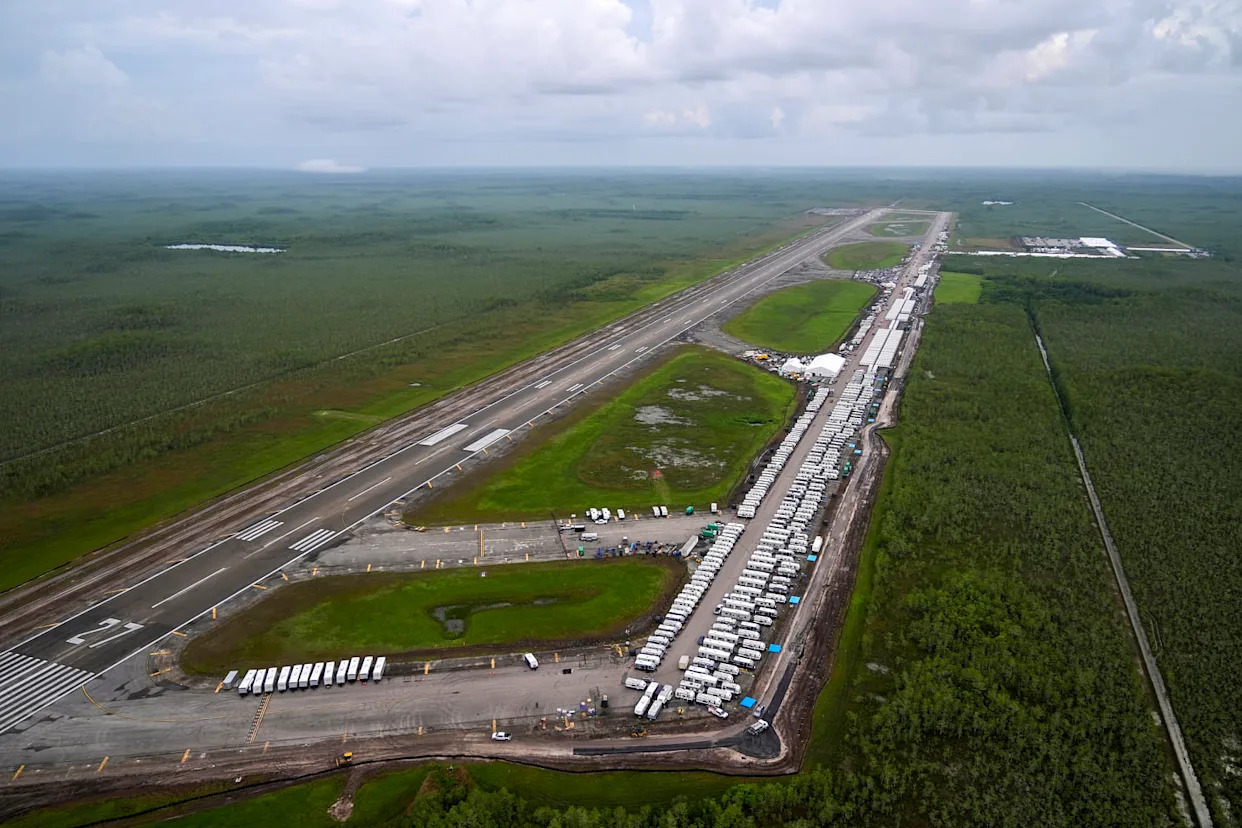
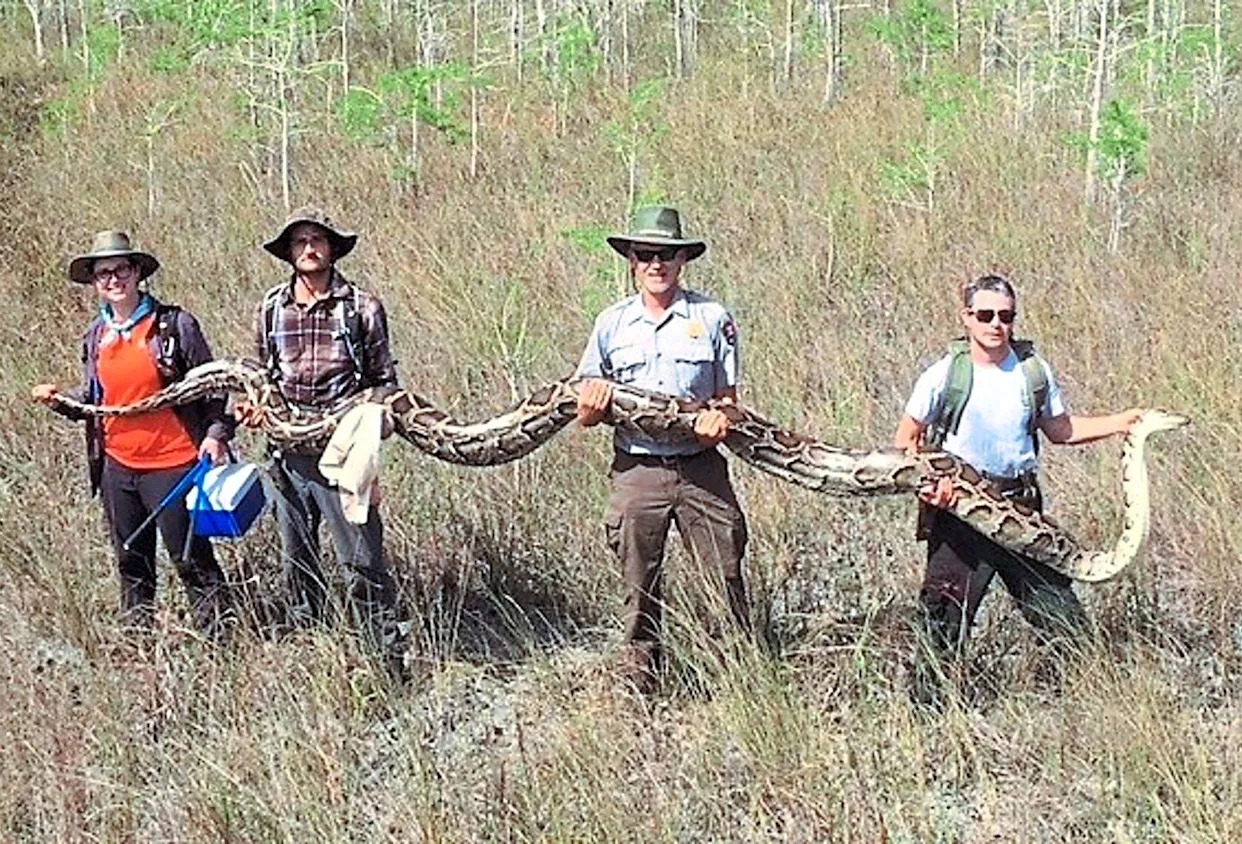
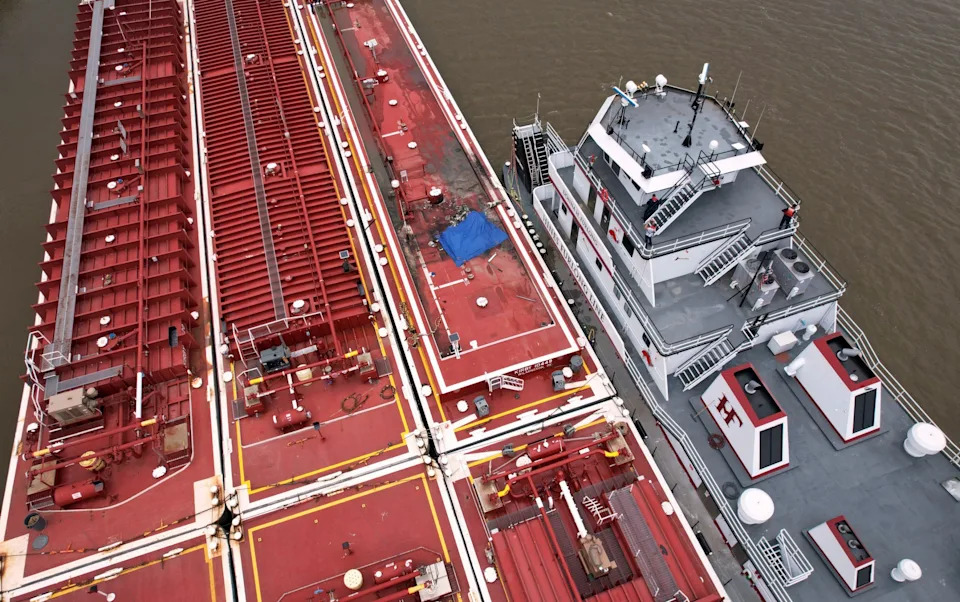
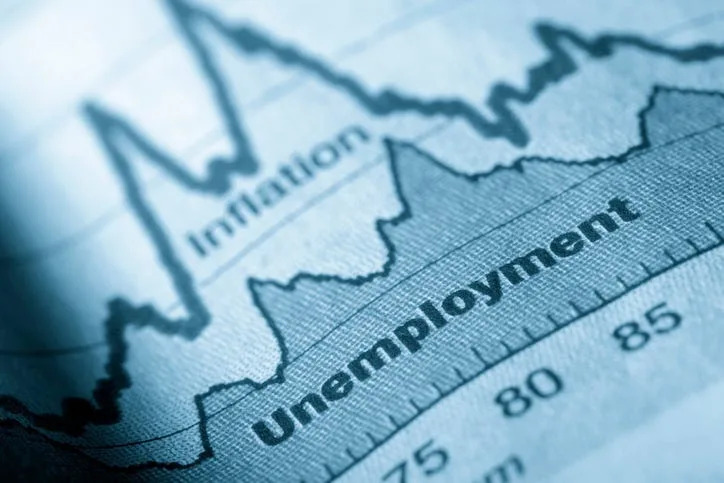
Comments